Rodents

Ask About Our
100% Eco-Friendly
Options

Rodent Control In Central Wisconsin
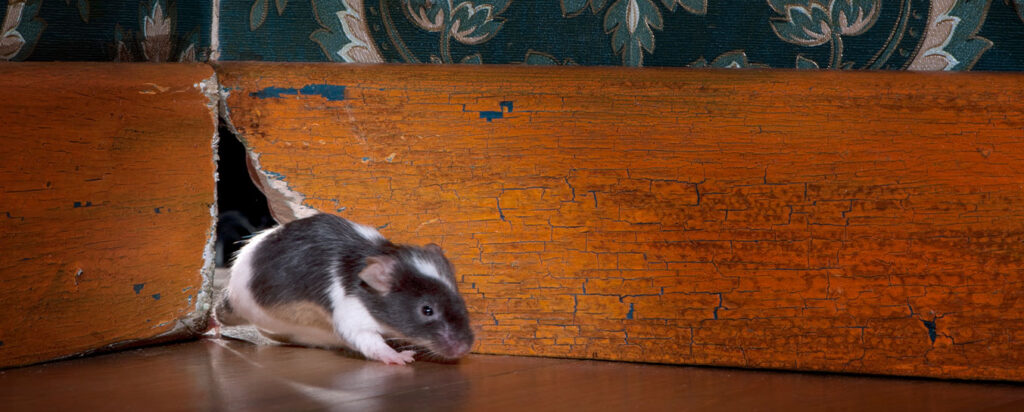
Rodents are warm-blooded mammals that are found virtually everywhere in the world. They can thrive in any habitat that has access to food and water and can be very difficult to keep out of homes and businesses because of their small size. Rodents have oversized front teeth made for gnawing as well as back teeth made for chewing. Because of this, they are known for chewing on a vast array of items including building materials like electrical wire which can cause a massive amount of damage in a property.
When removing rodents from a home, the most important thing to do is determine where and how they are getting into the home. The problem with DIY rodent removal is that it only takes care of the rodents you can see, and they’re just the tip of the iceberg. Repellent methods such as mothballs and essential oils are not capable of handling a full-blown rodent infestation. If you have rodents in your property, we recommend you call our experts at 1st Choice Pest Control to discuss treatment options. Our advance bating program is designed to eliminate your current rodent problem and keep future rodents away, and, like our other services, we will not lock you into a contract for maintenance. We now even offer eco-friendly rodent control programs!
While good sanitation will not eliminate house mice, poor sanitation will certainly attract them and allow them to thrive in great numbers. Remember that the house mouse must have access to a ready supply of food, water, and nesting materials to thrive. Sanitation measures should focus primarily on reducing these sources. To reduce house mouse populations, and to help keep them away, try the following sanitation measures:
- Store any bulk food items in large metal containers or other airtight containers with tight fitting lids, rather than bags or boxes that can easily be gnawed through.
- Remove clutter such as paper and cardboard that mice might use to build their nests.
- Keep dog food or other pet food stored in a Rubbermaid container overnight.
- Keep a tight fitting lid on all trash cans.
Once the problem has been eradicated we suggest the removal of any old contaminated insulation along with sanitizing the area. After that, it is time to replace the insulation or use a closed cell spray foam to seal off any entry points.
Types of Rodents
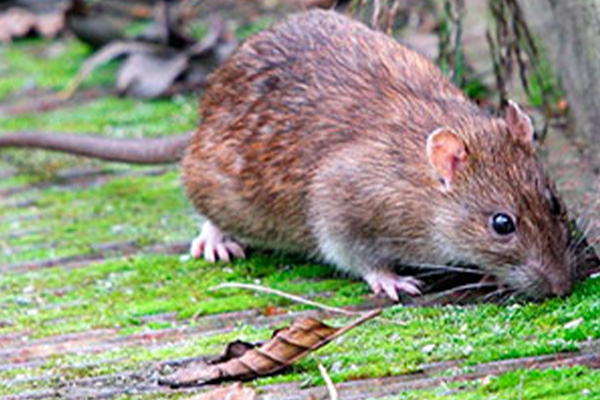
Rats
Size: 6 – 8 inches Nose to Tail
Weight: 5 – 9 oz
Litters: 4 – 6 per year with about 20 young per litter
Breeding Season: Spring through Fall
The most common rat in our area are the Brown rat or also called the Norway rat. Rats can cause extensive damage to both your home and your health. Rats make their homes in the hard-to-reach areas of your house potentially causing structural damage. They are also carriers of diseases like the Hantavirus and can cause Asthma/Allergic Rhinitis reactions by spreading their urine and fecal matter. The brown rat can breed throughout the year if conditions are suitable, with a female producing up to five litters a year.
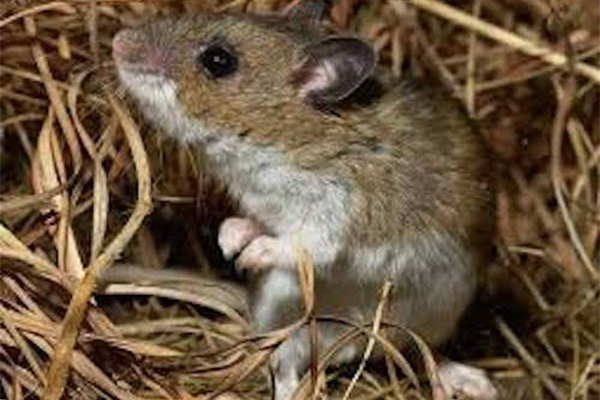
Deer Mouse
Size: 4 – 6.5 inches
Weight: 10 – 24 g
Litters: 4 – 6 per year with about 6 – 7 young per litter
Breeding Season: Spring through Fall
It is called a deer mouse because the coloring of its fur resembles that of a deer, having dark on the dorsal surface, and white on the legs and underside. Its tails are also dark on top and white underneath, similar to that of a deer’s tail.

House Mouse
Size: 6 – 8 inches
Weight: 15 – 24 g
Litters: 6 – 9 per year with about 5 – 6 young per litter
Breeding Season: Spring through Fall
When living with humans, house mice nest in the walls, in storage areas, or in any protected spot near food. Though rarely seen, evidence of its whereabouts is found near human food supplies include chewed boxes, crumbs, and piles of feces. It makes its nest out of rags, paper, or anything else that is soft and can be shredded. Most house mice living with humans are active during the day. In the wild, the house mouse is mostly nocturnal, and lives in underground burrows with networking tunnels
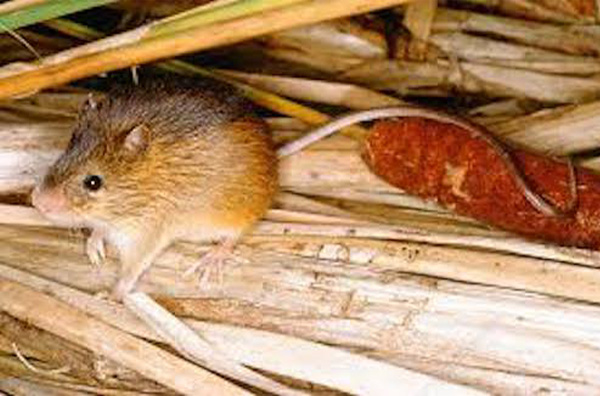
Meadow Mouse
Size: 6.5 – 8.5 inches
Weight: 12 – 24 g
Litters: 3 – 7 per year with about 5 – 6 young per litter
Breeding Season: Spring through Fall
Meadow jumping mice are omnivores. Their diet consists mainly of grass seeds and surrounding vegetative seeds. They have been known to eat moth larvae as well as some species of beetle. Zapus also can feed on berries and other fruits
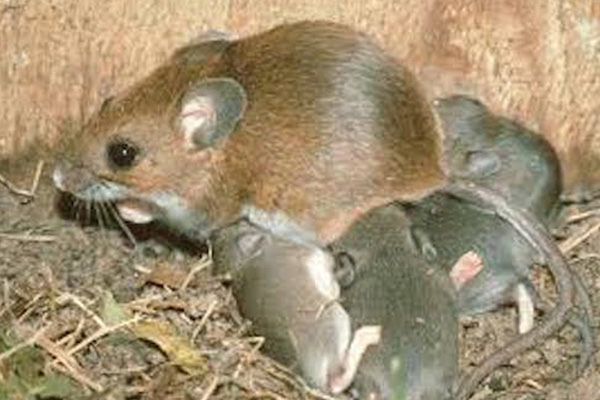
Western Harvest Mouse
Size: 6 – 8 inches
Weight: 15 – 24 g
Litters: 2 – 5 per year with about 2 – 9 young per litter
Breeding Season: Spring through Fall
The western harvest mouse appears to be strictly nocturnal. It is most active before midnight, on moonless or overcast nights. Minimum activity occurs between 6:00 am and noon. This mouse is active year-round utilizing trails built by other small mammals such as field voles.
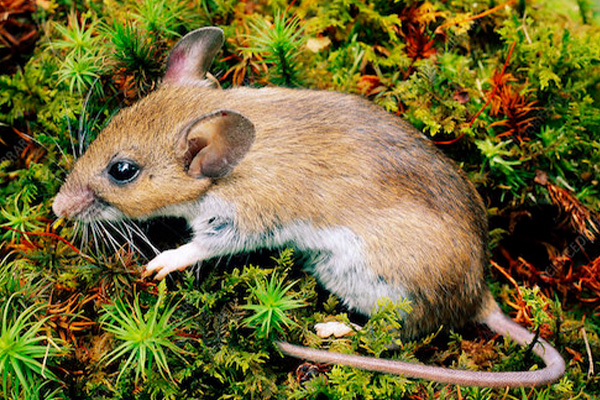
White Footed Mouse
Size: 4 – 6 inches
Weight: 23 – 28 g
Litters: 5 – 7 per year with about 3 – 6 young per litter
Breeding Season: Spring through Fall
?White-footed mice have adaptations that allow them the ability to climb trees and be classified as semi-arboreal. One of those characters is the tail, used to prop the animal and create balance as they climb. This species generally nests near the ground, sometimes in rock piles, logs, stumps, and in-ground burrows. They construct their nest of materials such as grass, hair, feathers, leaves, bark, and moss.
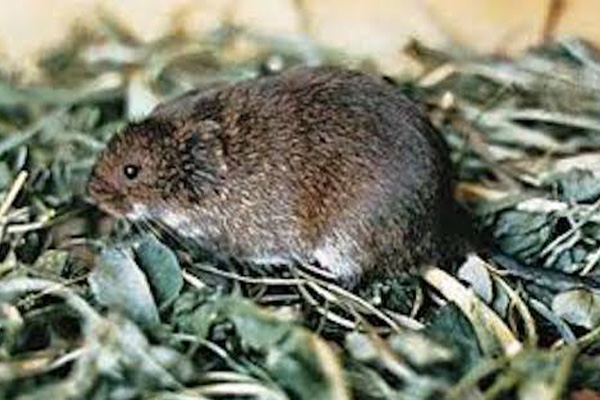
Meadow Voles
Size: 3 – 5 inches Nose to Tail
Weight: 1 – 2 oz
Litters: 5 – 6 per year with up to 14 young per litter
Breeding Season: Spring through Fall?
Meadow voles occur throughout most of the northern and eastern United States and Canada in low wetlands, open grasslands, and orchards. Meadow voles are most active above the ground, as evidenced by surface trails-often littered with droppings and grass cuttings in the ground vegetation where they live. They sometimes live underground where the soil has been cultivated or where a burrow system is already present.
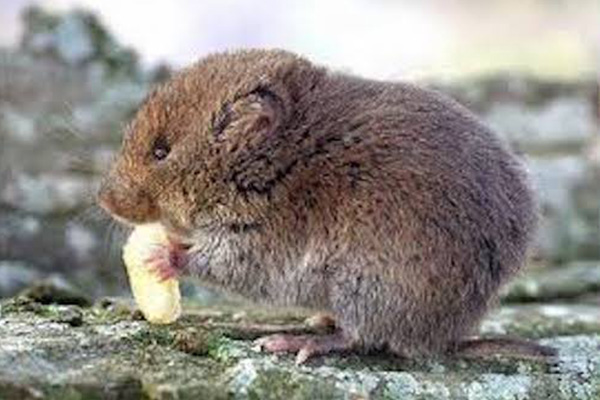
Pine Voles
Size: 2 – 4 inches
Weight: 1 – 2 oz
Litters: 3 – 7 per year with up to 14 per litter
Breeding Seasons: Spring through Fall
Pine voles live throughout the eastern half of the United States and favor open woodlands and orchards. Pine voles spend much of their time in underground burrows and usually have an extensive subsurface trail system that is excavated about 3 to 5 em (1 to 2 in.) deep. These burrows open to the surface and often connect to above-ground runways.
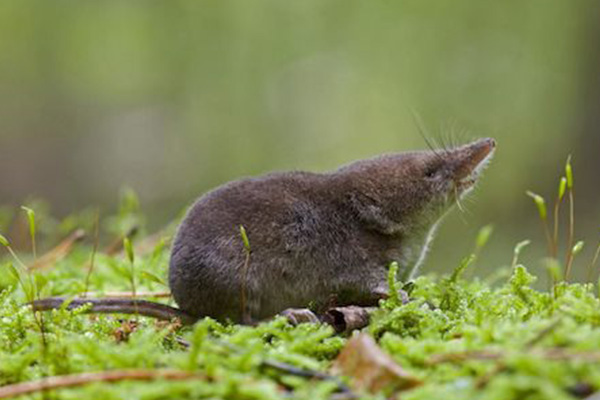
Shrews
Size: 2 – 5 inches Nose to Tail
Weight: 1 – 5 oz
Litters: 3 – 5 per year with about 3 – 10 young per litter
Breeding Season: Spring through Fall
Shrews are mammals that bear a close resemblance to mice, with the exception of their long, pointed snout. Shrews are primarily outdoor dwellers, although they’re not shy about entering homes when seeking food or shelter. Shrew damage can range from gnawing on roots and trees with their razor-sharp teeth to contaminating outdoor food sources with their feces and urine. Learn a few more interesting shrew facts below.


 Service Request
Service Request